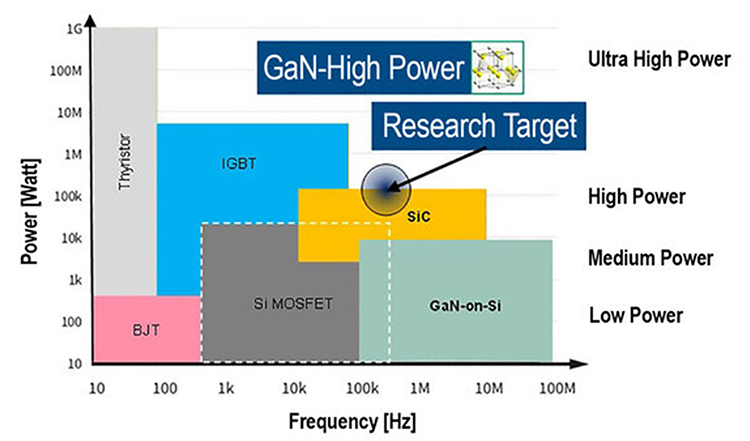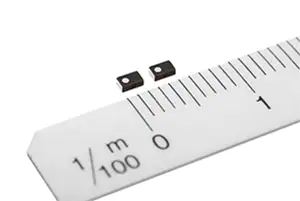
With the help of Vacuumschmelze and TH Köln, advanced magnetic materials and components are part of a group study in Germany aimed at bringing advancements in gallium nitride high power photovoltaics. Solar power is becoming increasingly important for a sustainable and affordable energy supply. In addition to the necessary continuous cost reduction, however, the demands on the functional diversity of photovoltaic devices are also increasing. This requires technical solutions that not only feed the generated electricity into the interconnected grid, but also enable PV systems to actively contribute to stabilizing the grid.
New hardware and software for PV inverters should also enable stand-alone grid applications and global use in environments with different grid requirements. A consortium of three technology companies, two universities and one research institution has been working on these and other challenges since May 2021 until April 2024.
SMA Solar Technology AG, a leading global manufacturer of PV and battery inverters and a specialist in PV system solutions, represents inverter technology from the manufacturer’s perspective in the consortium. “The aim of the GaN-HighPower joint research project is to prepare the next generation of cost-effective, resource-saving and efficient power converters for photovoltaic applications. The focus is on high-power string inverters,” says Dr. Klaus Rigbers, responsible for power electronics at SMA’s Innovation Center. “This project will explore and test the use of the latest technologies for PV inverters to enable cost and weight reduction while maintaining very high efficiency.
Infineon Technologies AG is contributing one of these new technologies. For this purpose, semiconductors based on gallium nitride (GaN) are being researched for the first time for high-power applications such as those required in PV inverters. “Until now, the use of GaN technology has been limited to much lower power ranges. It has already been shown there that GaN semiconductors enable even faster switching processes compared to silicon carbide (SiC) technology and even more so compared to classical silicon (Si) components. The project will explore to what extent the previous limits of GaN technology can be expanded upwards,” explains Dr. Peter Friedrichs, Vice President Division Industrial Power Control at Infineon.
Vacuumschmelze GmbH & Co. KG (VAC) complements these fast and efficient semiconductors with optimized magnetic components as well as current sensors, which will contribute to a significant part of the weight reduction. Dr. Simon Sawatzki, Development of Inductive Components at VAC: “A successful weight and volume reduction is achieved by novel, coupled inductors made of low-permeability, nanocrystalline toroidal cores, which are significantly more compact and have lower losses than conventional solutions. Another aspect is the development of broadband closed-loop current sensors that reliably measure the current even in the high frequency range of GaN semiconductors.”
TH Köln, the University of Applied Sciences in Cologne, is providing the theoretical basis for the new magnetic components. A benchmark with existing technologies will validate the expected advantages. “More advanced soft magnetic strip materials in new inductively coupled setups are a key to weight reduction in the targeted frequency-power range,” says Prof. Dr. Christian Dick, Head of the Laboratory for Power Electronics and Electrical Drives.
Bonn-Rhein-Sieg University is evaluating the options available for developing the hardware and is preparing to integrate the new components into a technology demonstrator. Prof. Dr. Marco Jung, who holds the professorship of Electromobility and Electrical Infrastructure with a focus on power electronics and heads the Department of Power Converters and Electrical Drive Systems at the Fraunhofer IEE, says, “Developing functioning control electronics for the fast-switching GaN semiconductors in particular is a major challenge.”
Fraunhofer Institute for Energy Economics and Energy System Technology IEE, Dr. Sebastian Sprunck, Group Manager for Components and Measurement Systems, is coordinating the project. “The task of Fraunhofer IEE is to investigate the newly developed components and to make their operation as efficient as possible. With these new components, a technology demonstrator will then be set up in our laboratories, on which the function of the new technologies and the targeted weight reduction will be validated in practice and further steps for optimizing the system will be derived.”
The German Federal Ministry for Economic Affairs and Climate Protection funds the project at about 3.8 million Euro. For more info, see www.iee.fraunhofer.de.



